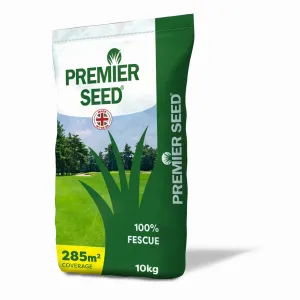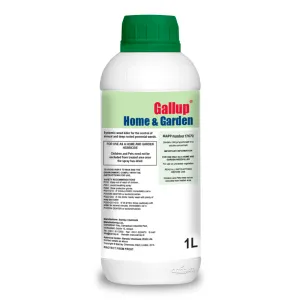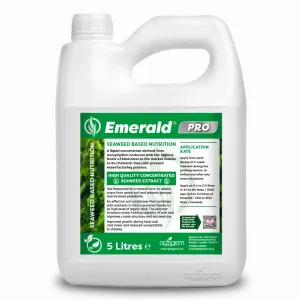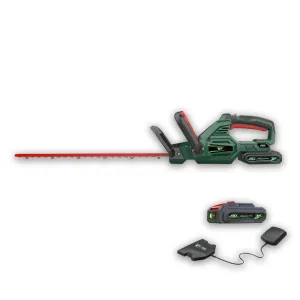It’s a mixed picture in the garden in late August. Your plants, shrubs, trees and turf are probably the greenest they will ever be having enjoyed a lot of rain and warm weather this year. Late spring flowers might have finished, but hardy flowers like geraniums and rudbeckia are still making themselves known with new blooms. You might still be seeing new growth from your climbers or harvesting late summer crops.
Whatever your garden looks like in late summer, there are a few key processes that will help ensure it survives the worse of winter and is ready to reward you again next spring. Let’s start with your lawn:
Late summer lawn care
Late summer is a key time for improving the vibrancy and physical resilience of lawns. Your lawn has worked hard to see you through summer but will benefit from a bit of TLC at this time of year.
Fertiliser treatments in late summer will help your grass put on strong new growth ready for autumn, as well as help improve the colour of any drought affected patches. Check out our guide to lawn watering for tips on lawn moisture management.
Late summer is also an active time for lawn weeds like clover and yarrow. So now is a great time to tackle weeds before they get a hold through autumn months, setting seed and creating a bigger problem for you in spring.
Large numbers of late summer pests and diseases can also take up residence in your lawn at this time of year. If you see something you’re not sure of, check out our problem guides, or get in touch with our technical team for free specialist advice including what products to use to eliminate lawn pest and disease problems.
Late summer plant care
Trimming, pruning, and cutting back plants in late summer is usually confined to shrubs like lavender and hebe. But you can also tackle fruit trees and any shrubs that flower on stems formed in the previous year – like lilac or forsythia. Take a look at our guide to pruning for different purposes for tips on effective plant trimming.
You might be tempted to back off from the watering when temperatures fall in late summer. However, don’t be fooled into thinking the soil is holding enough moisture to support plants through to autumn. The chances are your borders and pots will benefit from a good soak – without waterlogging them of course.
Before you take the pruners to your spent plants and flowers however, you might want to think about collecting the seed to expand your planting schemes in spring.
If the seed heads have completely dried out, you can simply snip the head off or shake the seeds into a paper bag or paper envelope. Pop them in an airtight container and store them in a dark, cool, dry place over winter.
Late summer tree and hedge care
When it comes to keeping your hedges in tip top condition, late summer is a great time to trim up privet hedges, beech and evergreen hedging. You can also tackle yew and hawthorn once the first days of autumn have begun.
We would recommend you don’t touch conifers at this time of year however to avoid bare patches. Beware also of protecting wildlife and always check that your hedge is free of nests before trimming.
Preparing hedges and trees for the next season is good practice at this time of year. Check that leaves on trees are still green as any early yellowing could be a sign of stress, or may mean that disease has taken hold and will need dealing with to protect the tree’s health into next year.
Use mulch or compost around the base of trees to help protect roots from early temperature drops. Continue to water trees through autumn too but avoid adding water when the ground is frozen.
We stock a large range of products to help you prepare your garden for autumn and winter. We’ve listed a few essentials on this page but explore the website or get in touch for specialist advice.










